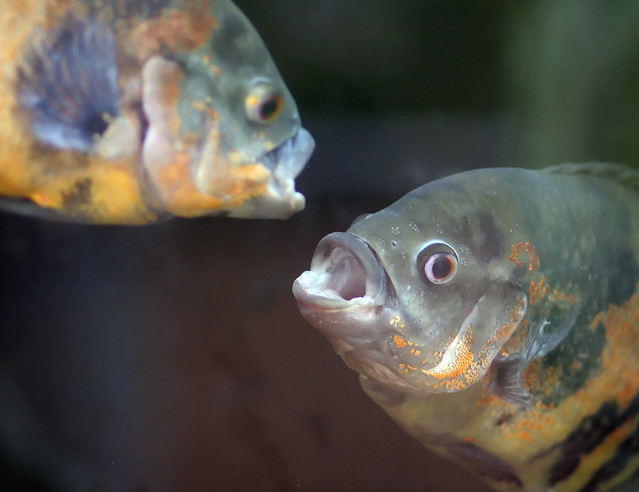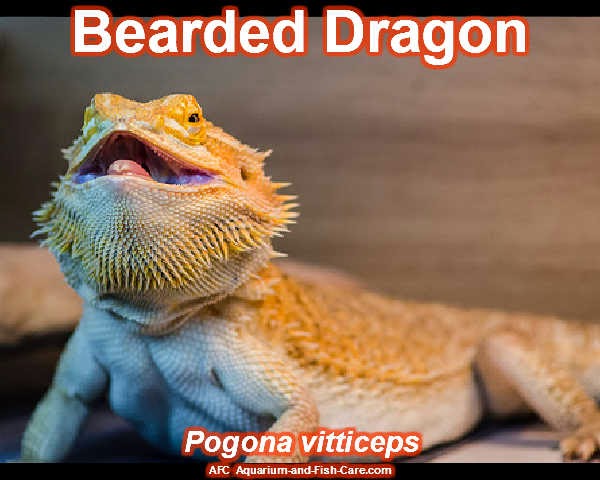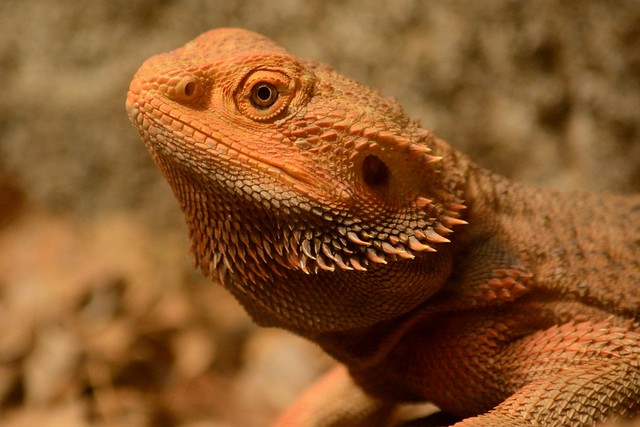 |
| Oscar Cichlids - Photo by Tomi Tapio |
They are natives to the different rivers of South America, specifically from the waterways of Peru, Brazil and French Guiana. But before going out to purchase one for a pet, there are important things to know about Oscar Cichlids that you need to consider.
Enthusiasts planning to raise Oscar Cichlids should prepare a large tank, spacious enough to accommodate the immediate growth of this kind of fish. Oscars tend to grow an inch after its eight to the tenth month. Expect them to reach about 10-12 inches in their first year. Gravel is the most recommended substrate for the tanks since they are abundant in Oscar's natural environment.
However, be sure to make use the rounded kind since these types of fish are inclined to dig, and sharp gravel might harm them. Furthermore, there are observations that these fish do not prefer bright lights. Thus, this should also be considered in preparing their tanks.
Hobbyists who are obsessed with decorated tanks should think twice to raise Oscars since they tend to be disastrous pets, often rearranging their aquarium, moving rocks and decors around. These are normal Oscar behaviors. Let them do this for it increases their comfort zone on their surroundings.
Feeding can be an exciting experience since Oscars interact whenever they are fed. They show excitement, swimming eagerly around the tank when they know they will be fed. They eat insects and small crustaceans such as crickets, earthworms, mealworms, and shrimps.
Owners should also understand that Oscars are temperamental. This is the reason why they are considered to have personalities. They show what they are feeling. At one point they can be happy and cheerful, like during feeding, but then they will be moody, retire in one corner or stop eating for a while. Don't be bothered if this happens. This is only a phase and the Oscars will eventually get back to its original jolly selves in time.
Enthusiasts need to be aware that in most cases, Oscars are the non-aggressive type of fish, as compared to another type of cichlids. They show uncommon behavior while inside the tanks but these are oftentimes ritualistic. They can be seen spreading their gills and opening their mouth wide while facing another fish, performing a tug of war. This is actually testing each other's strength or part of a mating ritual. Oscars may also be observed to charge the wall of their aquarium.
They might just think that their reflections are another fish trying to get in their territories. Oscars, like most cichlids, are territorial. They need to be accustomed to their tank mates for a while before they given in. That is the reason why in some cases, it is suggested that Oscars should be bred early with another type of fish for the former to be accustomed to it while growing.
Breeders should also take note that in most cases, it is hard to distinguish a male from a female Oscars. The only indication of a female Oscar is when it becomes pregnant and begins to be bulkier. They lay their eggs on a surface of a rock and will rearrange their space to provide a suitable spawning area in their tanks. The eggs hatch after three days.
Other fish in the tank should be taken out once spawning of the female is observed since they are considered threats by the Oscar mothers. It is advised that owners let their Oscars discover their roles as parents by not removing the eggs and allowing them to figure out what to do. They are generally nourishing and protective parents to their fry, eventually providing good nourishment for the infants.
should be taken out once spawning of the female is observed since they are considered threats by the Oscar mothers. It is advised that owners let their Oscars discover their roles as parents by not removing the eggs and allowing them to figure out what to do. They are generally nourishing and protective parents to their fry, eventually providing good nourishment for the infants.
Since Oscar Cichlids, or Oscar Fish, are expected to live up to 15 years, taking care of them is a commitment an owner should accept. These Oscars would require nourishment, attention, and care. Nevertheless, the Oscars are often times referred to as "river or water dogs" because they somehow behave like dogs, shaking their heads or tails whenever they see their owners.






